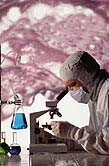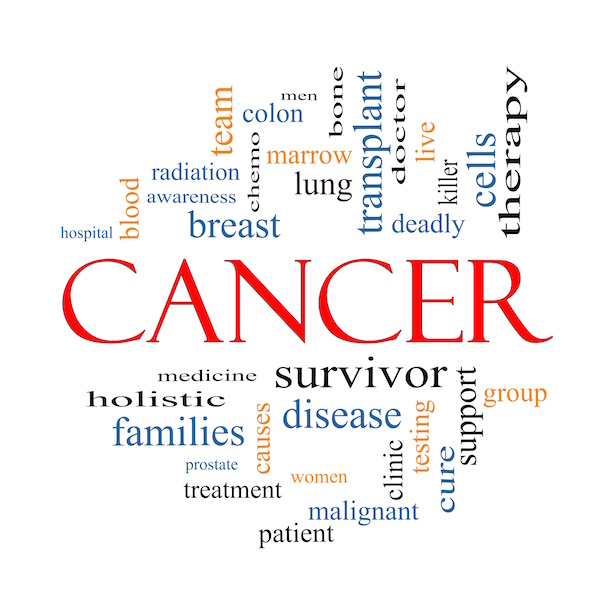
TUESDAY, Dec. 21 (HealthDay News) — For acute myeloid leukemia patients, overactive genes in their leukemic stem cells (LSC) can translate into a more difficult struggle to overcome their disease and achieve prolonged remission, new research reveals.
“In many cancers, specific subpopulations of cells appear to be uniquely capable of initiating and maintaining tumors,” the study authors explained in their report. The researchers identified 52 LSC genes that, when highly active, appear to prompt worse outcomes among acute myeloid leukemia (AML) patients.
The finding is reported in the Dec. 22/29 issue of the Journal of the American Medical Association.
Between 2005 and 2007, study author Andrew J. Gentles, of Stanford University in Palo Alto, Calif., and colleagues examined gene activity in a group of AML patients as well as healthy individuals. Separate data concerning AML tumors in four groups of patients (totaling more than 1,000) was also analyzed.
In one of the patient groups, the investigators found that higher activity levels among 52 LSC genes meant a 78 percent risk of death within a three-year period. This compared with a 57 percent risk of death in the same time frame for AML patients with lower gene activity among these specific “signature” genes.
In another AML patient group, the research team observed that higher gene activity prompted an 81 percent risk for experiencing a disease set-back over three years, compared with just a 48 percent risk among patients with low gene activity.
What’s more, Gentles and his colleagues found that higher activity among these 52 LSC genes generally meant a poorer response to chemotherapy treatment and lower remission rates.
The authors suggested that by “scoring” the activity levels of these 52 genes from low to high, clinicians might be able to better predict how well AML patients will respond to therapy. The finding could also help advance the design of future studies that aim to improve treatment strategies overall.
“Ultimately, this model has major implications for cancer therapy, most notably that in order to achieve cure, the cancer stem cells must be eliminated,” the study authors said in a journal news release.
In the opinion of Dr. Nelson Chao, a professor of medicine and immunology, as well as chief of the division of cellular therapy at Duke University in Durham, N.C., the current work represents an effort to craft a highly personalized approach to disease treatment.
“This is the holy grail of personalized medicine, which is to find an individual signature with a disease so that each patient is handled as an individual. Because not everyone who has AML has the same tumor,” Chao explained.
“And there are two implications with this,” Chao added. “One is the prediction part. If we can predict how a particular patient may fare with treatment we can, for example, decide that someone at very high risk may need more aggressive or more investigational type of approaches.”
And, he noted, “The flip side of that is that if we can learn what specific pathways are activated in a patient’s leukemic stem cells, then we could end up turning to drugs that might be quite different from what we normally think of using today for AML. It may mean we end up using different drugs that we aren’t even thinking of at this point. But of course, we have to look at this as a long-term goal.”
More information
For more on myeloid leukemia treatment, visit the U.S. National Cancer Institute.

